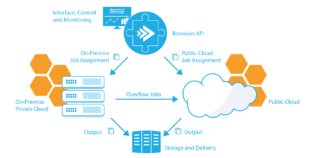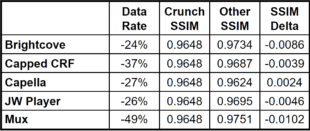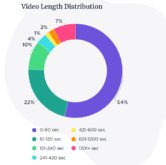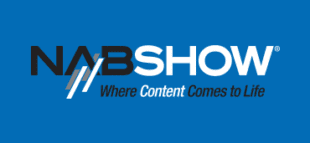As corporations move their compute resources into public and private clouds, and other virtual environments, most encoding vendors are doing the same with their encoders, though not all markets are moving at the same speed. In my Streaming Media article, A Hybrid Approach Guides the Changing Face of On-Prem Encoding, I spoke with about 13 vendors, including Harmonic, Telestream, encoding.com, Comprimato, …
Read More »Codec Overview on Streaming Media Website
AV1 has been all consuming from a mindshare perspective for many streaming professionals, but the fact of the matter is that unless you’re distributing stream quantities on par with Netflix, YouTube, Amazon, and Hulu, AV1 won’t be relevant for at least two years, maybe longer. I discuss why in my Streaming Media article, Return of the Codec Wars: A New Hope—a …
Read More »Crunch Technology Shines in Per-Title Comparison
If you’ve been following my work, you know that I’m very bullish on per-title encoding and optimization technologies, and have reviewed them several times. One technology that I haven’t tested before is from Crunch Media Works, which offers video optimization tools that can be used on public and private computer servers, as well as mobile devices, to reduce the bandwidth …
Read More »Premiere Pro Won’t Load AVCHD Audio? FFmpeg to the Rescue
If you’re trying to load AVCHD files into Premiere Pro and you’re on Windows 7 or earlier, the AVCHD video will likely load without the audio file. That’s because instead of supporting Dolby decoding natively in Premiere Pro, like they used to, Adobe now piggybacks off the operating support in Windows 8 and beyond. Since Windows 7 doesn’t support Dolby …
Read More »What’s the Optimal Duration for Your Product Video?
Though I spend most of my time focusing on video production and encoding, I’m also fascinated by how organizations are actually using video in their day-to-day operations. So when Vidyard released their second annual Video in Business Benchmark Report (freely downloadable here) I had to give it a quick scan. Briefly, Vidyard is a video platform for business, and the …
Read More »Tutorial on HEVC in HLS and the New Beamr Transcoder
While at NAB, I produced a short video with Beamr CTO Dror Gil and Dirk Griffioen from Unified Streaming, which sells a variety of streaming-related software, including modules for ABR packaging. The primary topic was encoding and packaging with HEVC in HLS. Dror also gave a brief demo of Beamr’s new Transcoder product. During the talk, we covered sub-topics like the suggested encoding …
Read More »All Videos from NAB
While at NAB, I freelanced with my iPhone X, a video light, and a handheld microphone and interviewed 14 encoding professionals. These videos are posted on Streaming Media website along with text transcripts. Here are links to and brief descriptions of the interviews: Netflix’s Anne Aaron, on Netflix’s plans for the AV1 codec. AOMedia executive (and Microsoft employee) Gabe Frost, on …
Read More »NAB Roundup: What I Learned About the Launch of AV1
From a Streaming Media perspective, NAB 2018 was all about the launch of the AV1 codec from the Alliance for Open Media. While at the show, I spoke with many different people from many different companies about the launch, and about other codec-related announcements at the show. You can read all about that in my article entitled, NAB Roundup: The …
Read More »Join Me in Las Vegas at NAB
Just a quick note to let you know that I’ll be speaking twice at NAB in Las Vegas next week; once as host of a panel discussion on HEVC and AV1, the other a session on how to use objective quality metrics to assist encoding configurations. Details are below. If you’re at NAB and free, and the topics are relevant …
Read More »ZPEG Engine for x264 Cuts Video Data Rate by 21% Without Artifacts
With streaming video data rates, less is always more, unless of course, lower data rates mean visible artifacts. I just finished a review of the ZPEG Engine for x264, which produced bitrate savings of 21% without blocks, banding, mosquitoes, or other problems that would be noticeable by typical viewers. This was an average saving; the data rate reduction in some …
Read More » Streaming Learning Center Where Streaming Professionals Learn to Excel
Streaming Learning Center Where Streaming Professionals Learn to Excel










